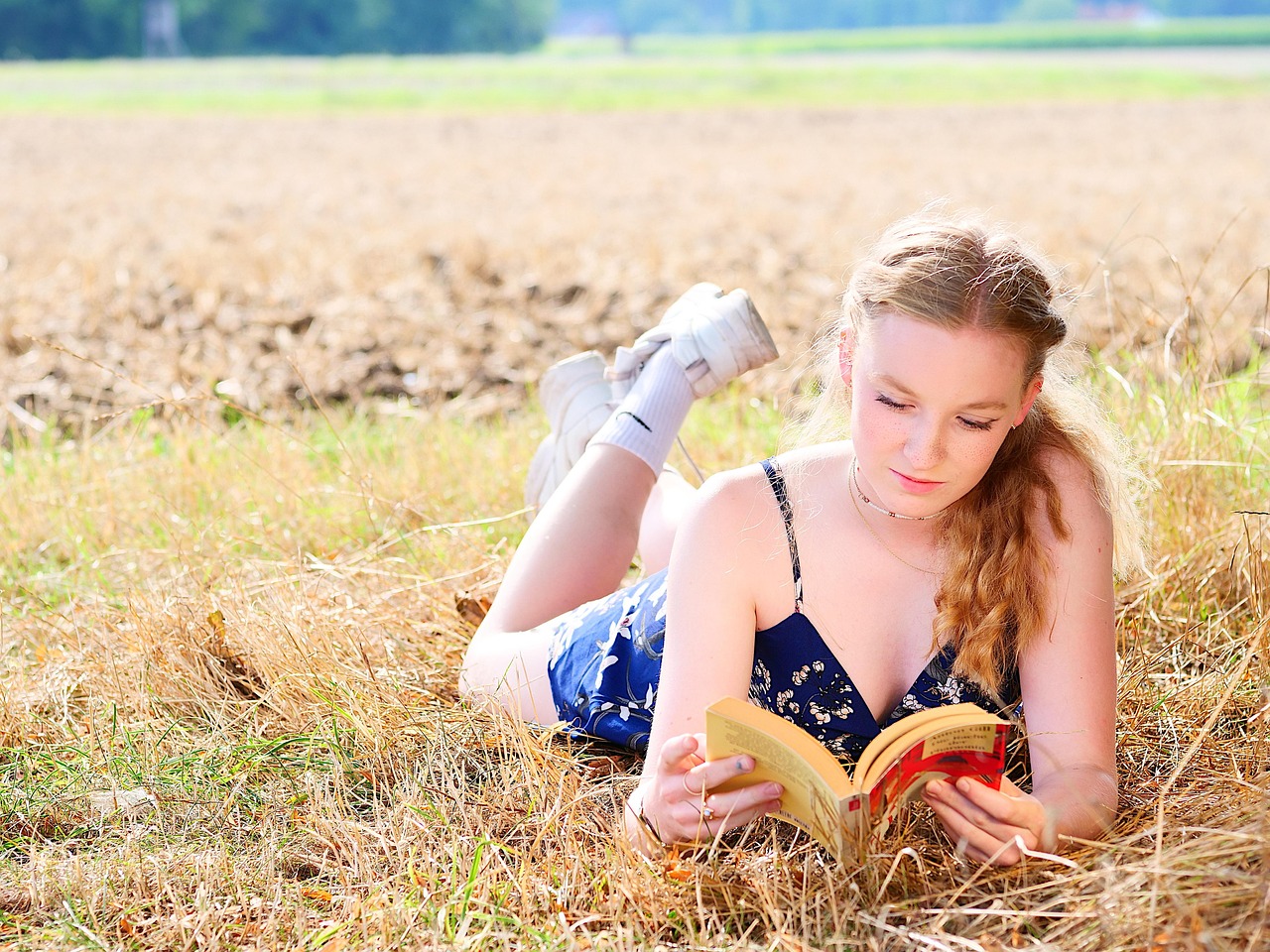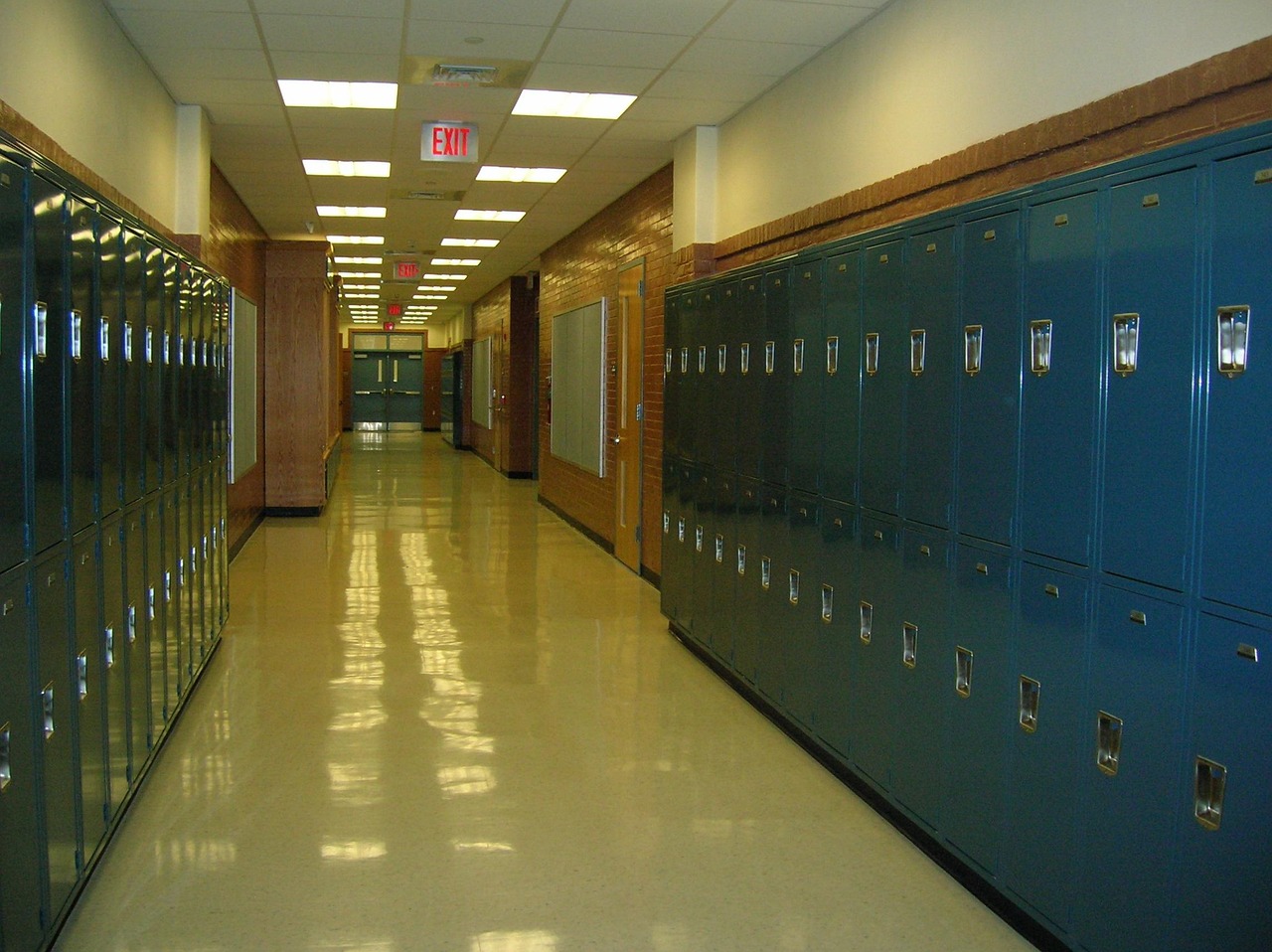The Book Thief by Markus Zuzak Boy Swallows Universe by Trent Dalton The Secret History…
When the environment is in trouble, art reflects our fears and helps us get closer to nature
There is a big, white wall in our living room that we are looking to fill with an art work. While visiting galleries and scrolling through online art sites, I noticed that there are few pieces that don’t feature nature, whether flowers or animals.
Birds are popular, as are seascapes; modern art features floral bursts or regal cockatoos perched on gum trees. Compared with galleries featuring the art of the past, there are far fewer reclining nudes, or people in any stage of dress or undress at all. It is hard to find a cityscape and the domestic scenes most popular in Belgium in the 17th Century are few and far between.
The natural world has also played a central role in many of the books I have read recently. In The Dry, the drought stricken Australian landscape is almost as central to the story as the mystery of how the family died. Similarly, in Wimmera, the hot sun baking the suburban landscape plays a crucial role in the story, sparking memory and a sense of foreboding. The Choke is set on the Murray, and this is another book in which place plays such a role that it is part of the title of the book.
Australian author Tim Winton is well known for his descriptions of the coastal landscape, and for the way he weaves the natural world into his stories. In Dirt Music, he also describes the interior of Australia when his protagonist flees to the Kimberley after being forced out of his small town for the crime of theft.Described in The Sydney Morning Herald as a ‘master of landscape’, Winton has in some ways changed the way readers view their local environments by depicting them in art.
In Evie Wyld’s All the Birds, Singing, it is both flora and fauna that play starring roles in the book, from the sheep that has been mysteriously killed to the Australian farming landscape and the dangers that lie within.
This is not necessarily anything new – I remember reading The Lost Salt Gift of Blood in one of my final years of secondary school. The short stories in the book were set in Nova Scotia and Newfoundland, and told of the harsh, cold landscapes were inhabitants struggled to make a living from the land.
I had never read a book that had entwined character and storyline with the environment in such a way, and still remember the depictions of a place that I have never visited, but of where I have retained a picture in my mind from the book, all of these years later.
But from my own reading, more and more books seem to be placing the landscape in a central role, which is something I hadn’t noticed since reading that prescribed text in school.
There is even, apparently, a new genre that refers to books about the natural world, and its destruction: cli-fi. Cli-fi, the abbreviation of climate fiction, addresses climate change and global warming, now or in the future.
I wonder whether the predominance of the environment in the media and our consciousness, given the realities of global warming, has led to an increasing presence of nature in our literature. After all, fiction reflects the concerns of our times, and I can’t think of a greater fear than the destruction of the planet.
Or by reading and writing about the natural world, are we just trying to get closer to nature, just as we try to decorate our little city boxes with ferns and lilies? Instead of hiking through bushland or tilling the soil, is a fictional environment the modern alternative?
While the social will always be central to literature – recently I have read The Rosie Project, Home Fire, Kudos, and Beloved, which are some of the many books skewed towards humanity and psychology – the environment is also staking a claim in our fiction and our consciousness.




Comments (0)